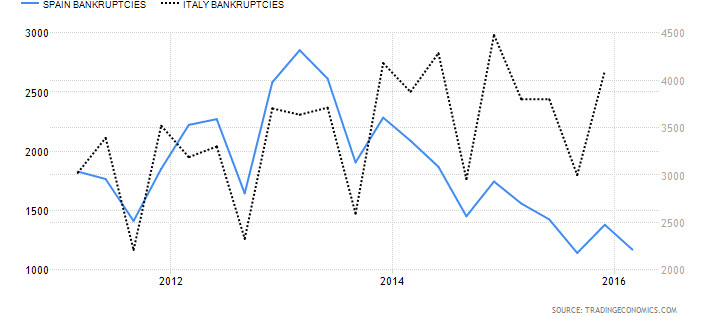
The Federal Reserve, the only central bank in the G7 economies and China to raise rates and the only central bank to lead a tightening cycle, is also the only central bank to get it right. As counter-intuitive as that may sound, higher rates in a world of negative rates and massive monetization is the only viable solution to stimulate growth. To understand the irony, we must delve into credit markets and assess what’s broken.
Cheap Credit Expensive Growth
One of the arguments espoused by critics of monetary stimulus, whether it’s negative interest rates or quantitative easing, is inflation. But in reality the real cost of a ultra-loose monetary policy is the exact opposite—deflation; prices in most of the world and, in fact, in most products are either falling or stagnating. The reason is that when the policy is ultra-loose inefficient sectors of the economy are kept artificially afloat. As long as interest rates are close to zero failing sectors can keep on piling debt and thus contribute less and less to growth while leaving less available capital to the more efficient sectors that really need to grow. Continue reading "Fed Tightening Will Unleash U.S. Growth"

